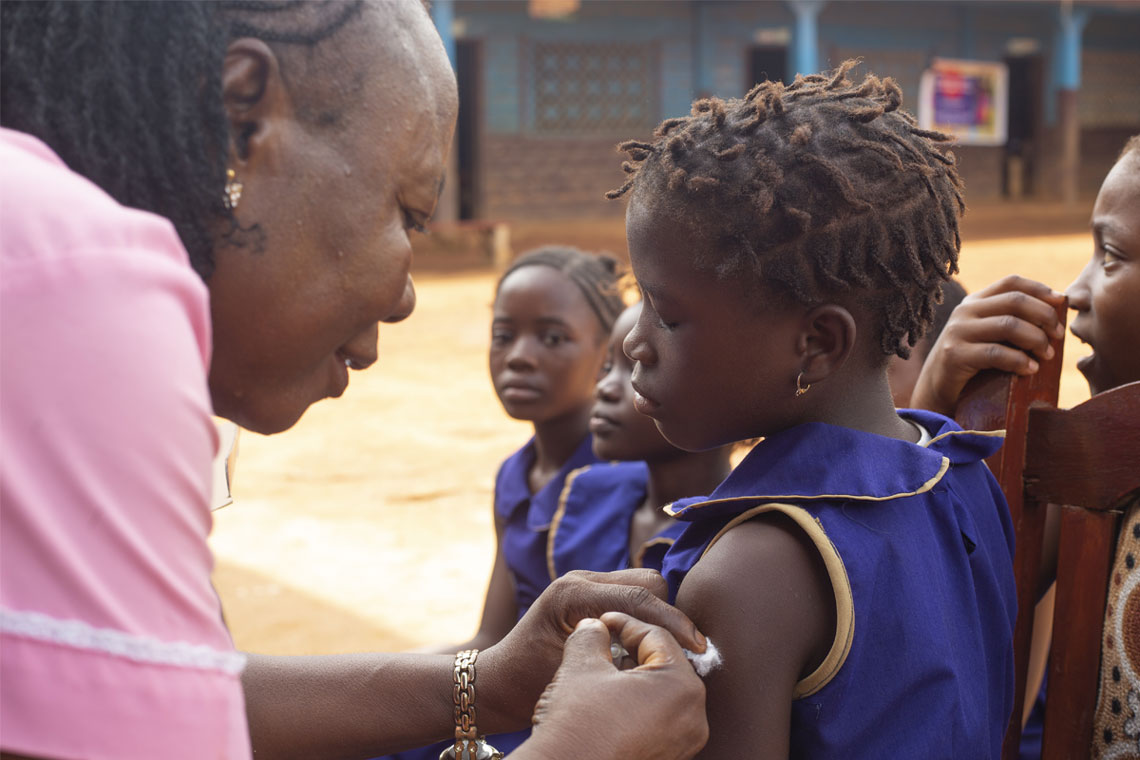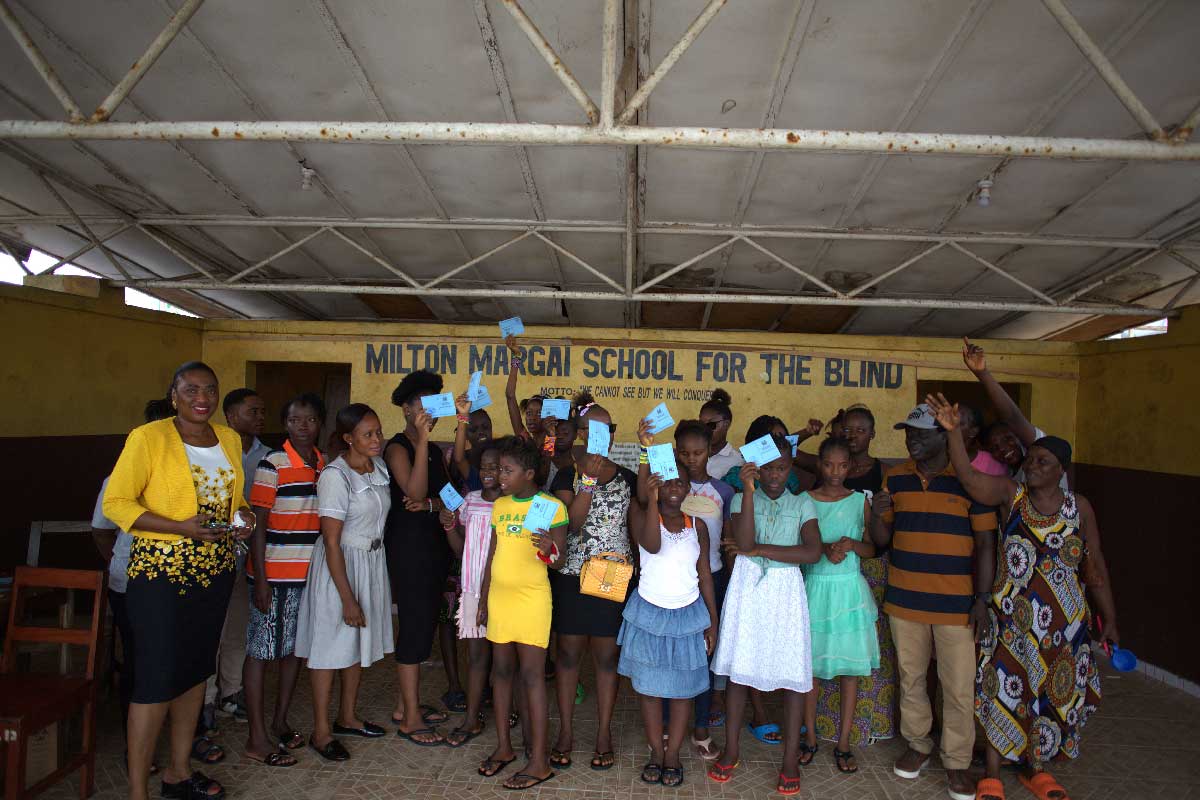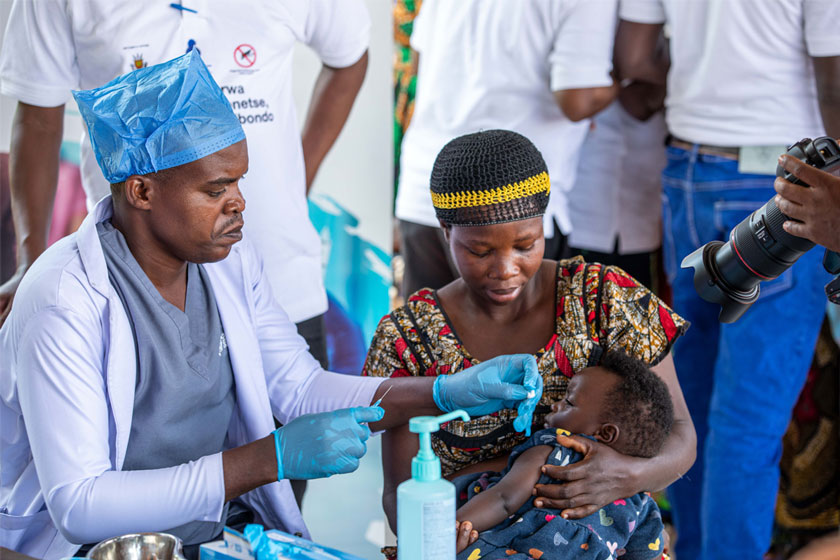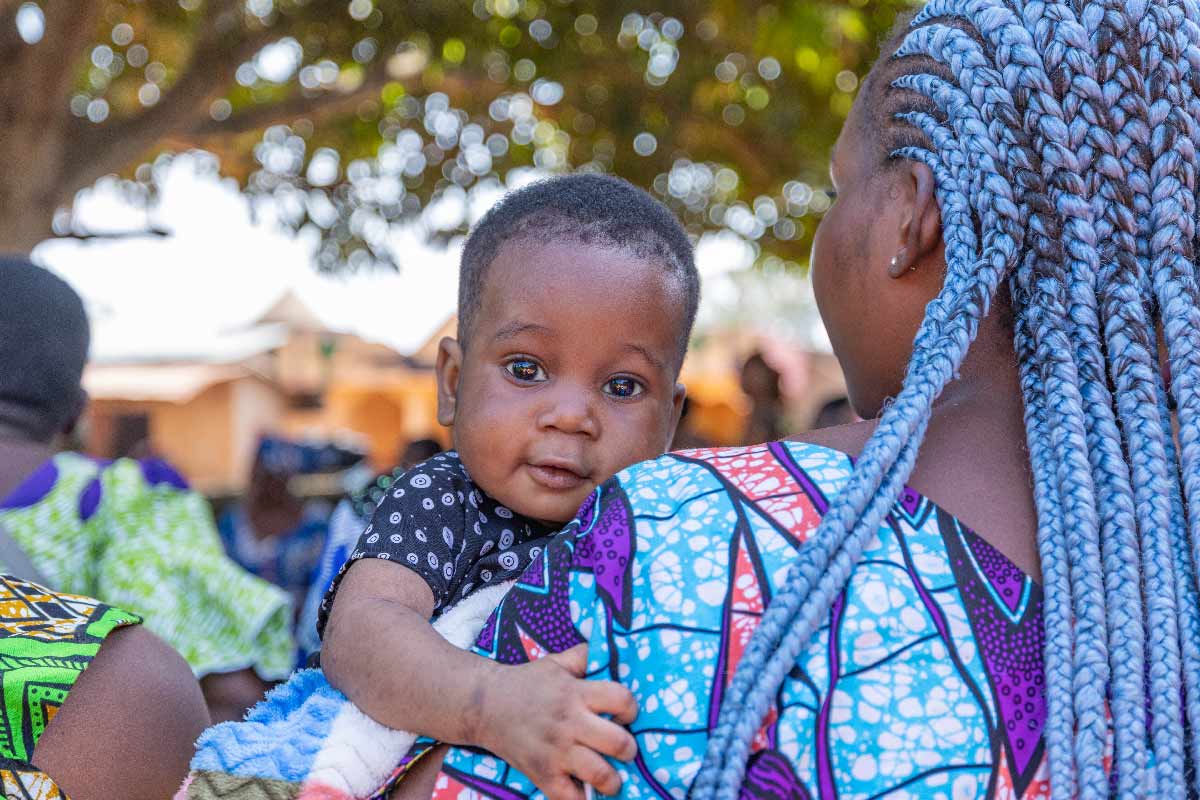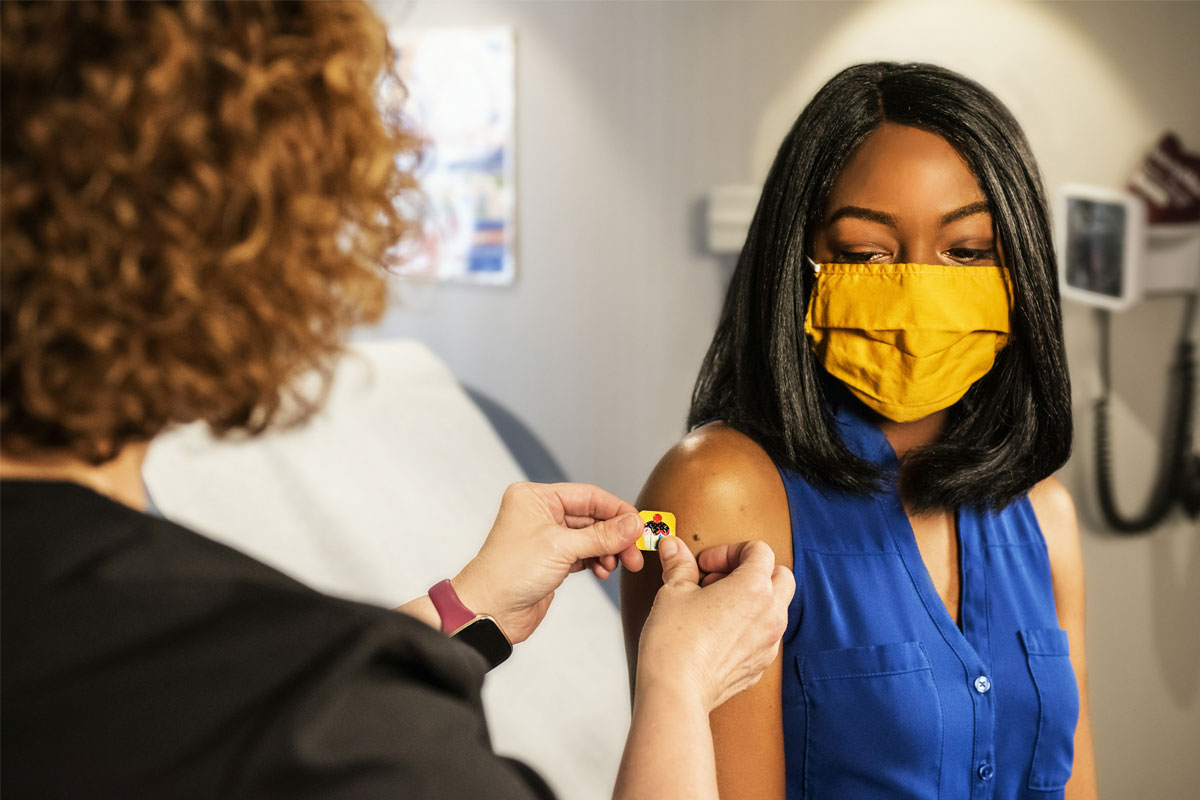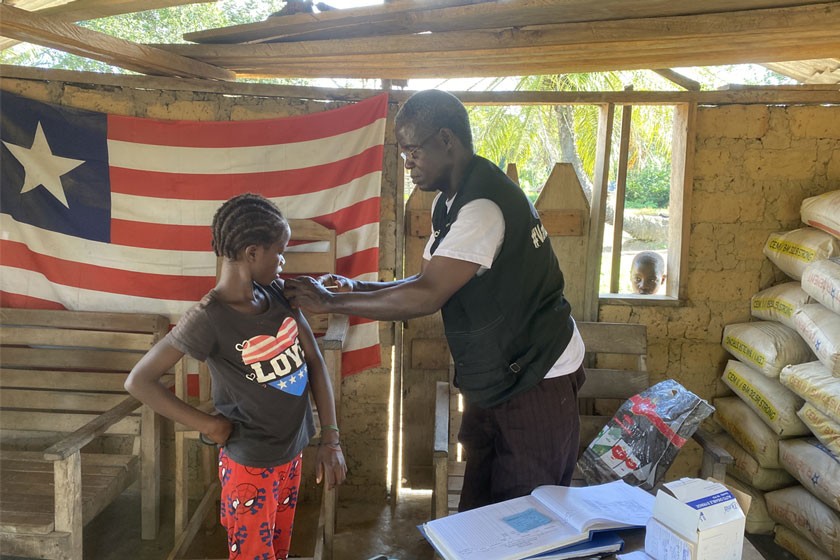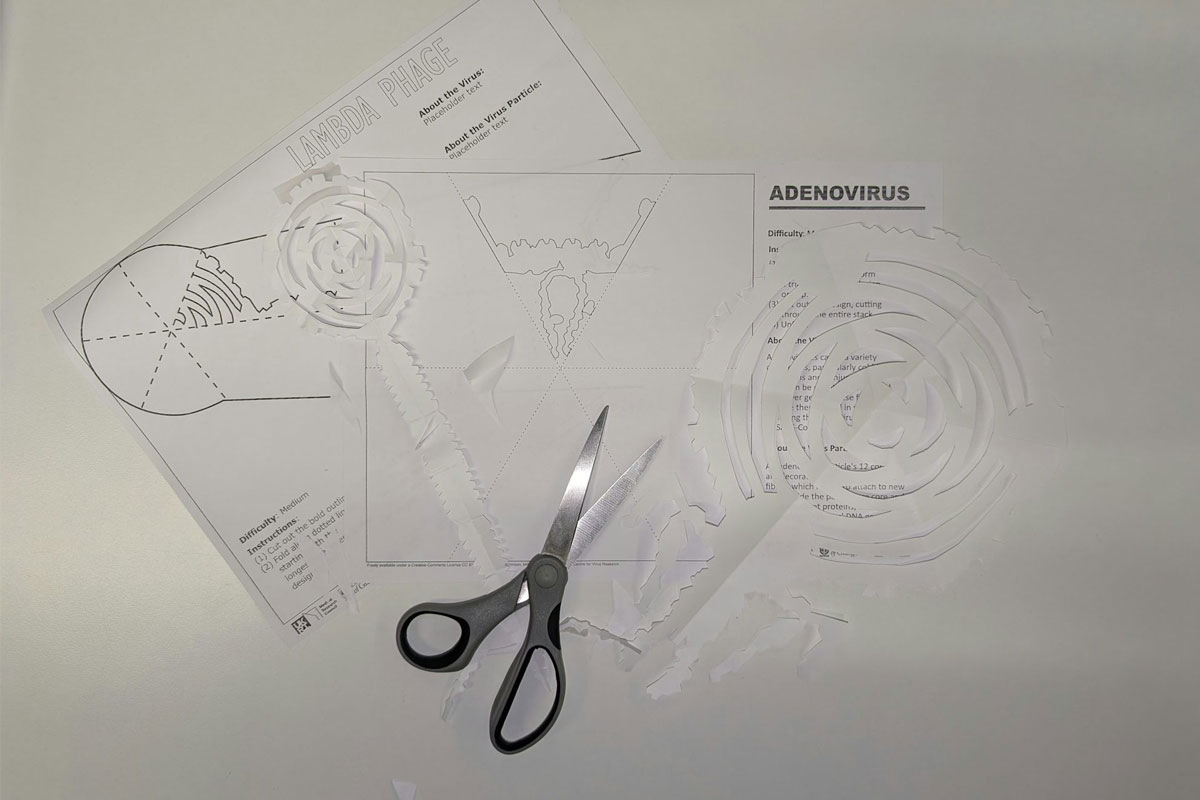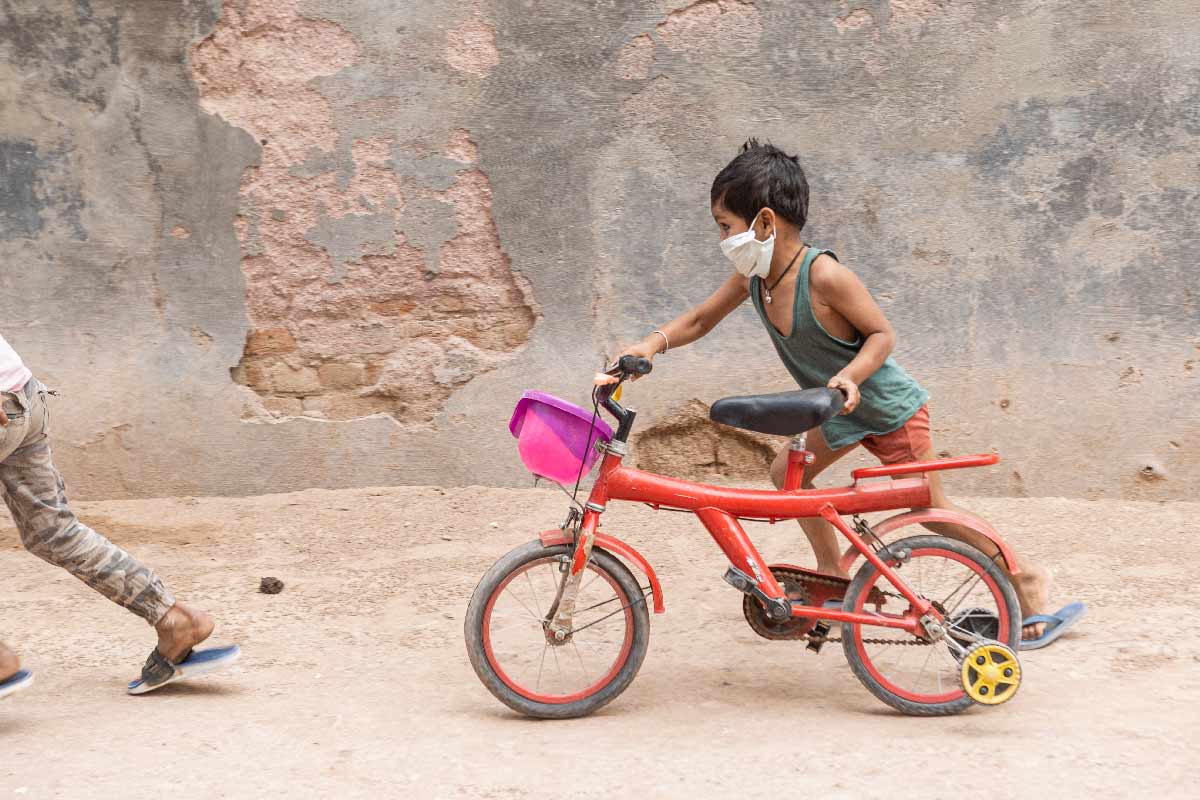Gavi impact in Asia and the Pacific since 2000
Gavi’s impact in the Asia and the Pacific for the past 25 years underscores its mission to save lives, reduce inequities and empower communities through immunisation.
- 9 October 2025
- 4 min read
- by Gavi Staff
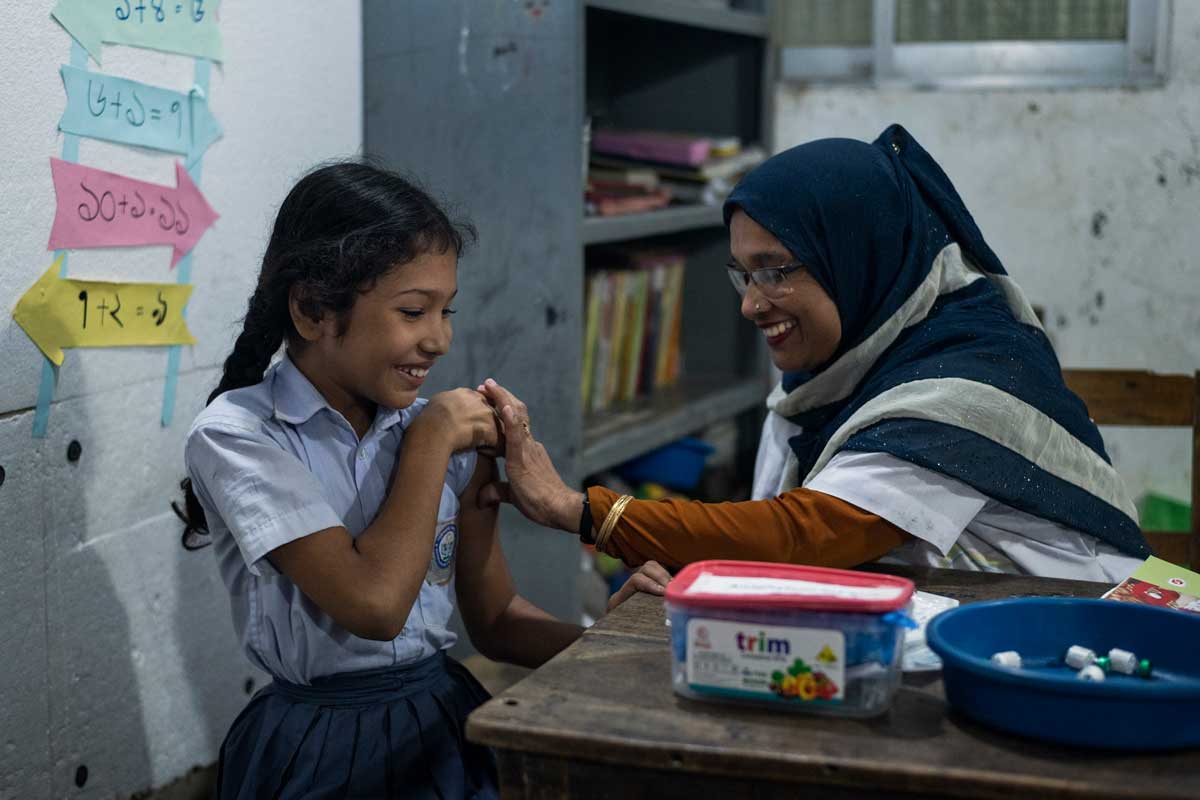
Reaching ‘zero-dose’ children
Since its inception in 2000, Gavi has helped to save lives by immunising over 1.2 billion children worldwide, including more than 670 million children in Asia and the Pacific. This historic milestone has contributed to averting more than 6.5 million future deaths with Gavi support in the region alone.
Gavi is focused on protecting the next generation, above all the ‘zero-dose’ children who have not received even a single vaccine shot. By end 2024, Asia and the Pacific was home to 2.3 million zero-dose children, who are often in marginalised communities, where poverty, conflict, displacement or systemic inequities make access to healthcare challenging.
Partnering with local governments, civil society organisations, community health workers and the private sector, Gavi reaches zero-dose children in the region through a multi-pronged strategy including community- based outreach, data-driven identification, health system strengthening and cutting-edge technology.1
Overview of Gavi's impact in Asia and the Pacific
(2000–2024)
- 18 country partners
- 12 infectious diseases are prevented by vaccines in Gavi’s portfolio in Asia and the Pacific as of April 2025
- >US$ 11bn disbursed in Gavi-supported Asia and the Pacific countries
- >US$ 563m co-financed by Asia and the Pacific countries since 20082
- >670m children reached through routine immunisation in Asia and the Pacific
- >6.5m future deaths averted in Asia and the Pacific with Gavi support3
Economic impact and sustainability
Over the past 25 years, more than US$ 280 billion Asia and the Pacific’s high population density and in economic benefits have been generated through immunisation programmes in Gavi-supported countries. Investing in immunisation programs in low- and middle- income countries is incredibly cost-effective, returning up to US$ 54 for every dollar spent.4
Gavi’s unique co- financing model encourages country ownership through increased domestic contributions to procure vaccines. Since 2008, Gavi implementing countries in Asia and the Pacific have contributed more than US$ 563 million5 in co-financing of Gavi-supported vaccines, reflecting countries’ strong commitment to immunisation sustainability. Out of 18 Gavi implementing countries in the region, 8 have transitioned to fully self-financing, and 2 of these countries – India and Indonesia – are now Gavi donors. This financial ownership ensures that immunisation programmes remain robust and self-sufficient, fostering long-term resilience of public health systems..
Climate change and health system resilience
Asia and the Pacific’s high population density and increasing urbanisation make the region vulnerable to emerging diseases and pandemics. Climate change further increases the risk of outbreaks by altering disease patterns, disrupting immunisation programmes, and increasing vulnerability among affected populations through extreme and prolonged weather conditions. Diseases like malaria and dengue will become a significant threat to countries in the region as global temperatures continue to rise.
In its next strategic period (2026–2030), Gavi will deepen its focus on helping countries adapt to the impacts of climate change. Gavi will support countries in strengthening global health security and health system resilience by immunising a further 500 million children, protecting against up to 150 outbreaks, and expanding preventive vaccination campaigns and vaccine stockpiles against climate-sensitive diseases like cholera.
Expanding HPV vaccination
Cervical cancer remains a significant public health challenge in Asia and the Pacific due to the high burden rates of cervical cancer and limited access to screening and treatment options. Since 2017, Gavi has introduced and scaled up its human papillomavirus (HPV) vaccination programme in 11 countries, immunising and protecting over 13.3 million girls in the region against cervical cancer.
Successful implementation of HPV vaccination programmes can significantly reduce the incidence of this preventable disease. The Vaccine Alliance has set an ambitious goal to reach over 86 million girls with HPV vaccine by end 2025, aiming to avert over 1.4 million future deaths from cervical cancer – and in its next strategic period (2026–2030) to vaccinate over 120 million girls, saving more than 1.5 million lives. Gavi continues to partner with countries across the region to reach more girls in the years ahead.
1 The Spotlight on Innovation focus of Gavi’s VaccinesWork platform highlights breakthroughs in vaccine technology, delivery and strategies to improve immunisation access worldwide.
2 Excluding co-financing contributions from India
3 Based on estimates of impact from the Vaccine Impact Modelling Consortium (VIMC) using the 2024 WHO/UNICEF Estimates of National Immunization Coverage (WUENIC), July 2025
4 Sim S.Y., Watts E., Constenla D., Brenzel L., Patenaude B.N. Return On Investment From Immunization Against 10 Pathogens In 94 Low- And Middle-Income Countries, 2011–30. Health Affairs, 2020
5 Excluding co-financing contributions from India
